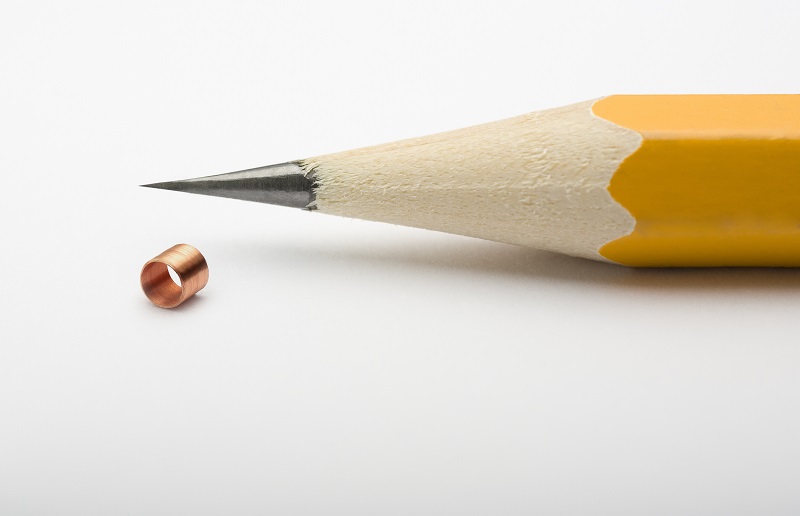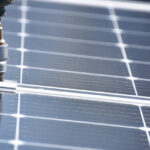Certain advancements in the field of medical science can only describe miracles. It seems only yesterday when discovering a microscopic tumor was difficult to detect, let alone operate it in the human body. Doctors who were able to successfully find a tumor hidden amidst the body’s dark vessels found themselves helpless, for there were no means to operate those tumors—a disappointment for the doctor, a heart wreck for the patient. However, as time has progressed and the development of sensors in the medical field devised, new diagnostics ways have also emerged and progressed.
With the help of these intricate sensors, doctors can now do what seemed impossible only a couple of years ago. Scientists are now able to determine even the minute tumors and kill them before they become cancerous.
The intricate design of these sensors in the medical field can travel throughout a human body, even the deepest regions. Help the doctors find any anomaly, i.e., tumors in the body, and destroy them through a complex process of either freezing or heating it.
But, conducting such an accurate task is not the biggest win for the makers of sensors in the medical field. One needs to understand that they are dealing with a human body. So, everything has to be very specific. Destroying a tumor should not be the reason for another sort of damage to the body. Hence, the structure of the sensor in a way that confirms the destruction of tumors and minimizes the damage to the neighboring cells and area. This is grateful and helpful for us, human beings. As science has taught us, every action has an equal reaction. There are many cases in the past of machines that might be successful in dealing with an area of the human body, but fixing it weakens other sectors of the body. There was no answer to such processes. But, thanks to the advancement of sensors in the medicine field, operations now conducted with the patients have optimal recovery and minimized damage.
What makes these sensors unique?
The central portion of the sensor is a set of coils. Microscopic, conducting, and charged coils. The structure, size, and other aspects of the coil depend on the device used or the function. These coils can be the thin line between life and death in many instances for humans. Hence, a very keen focus on every aspect of the sensor. Only the highest standards of manufacturing follow the manufacturing process, leaving no room for errors. Each coil also has further details of everything, starting from the sensor’s date of making to who made it, the company’s details, and more. Fitting these details on a hair-thin coil system is challenging.
The use of these sensors is numerous, and the coils find their way in medical devices slowly but certainly. The more doctors and people in the medical field know about the sensors, the greater their chances of being used daily for a better future.








